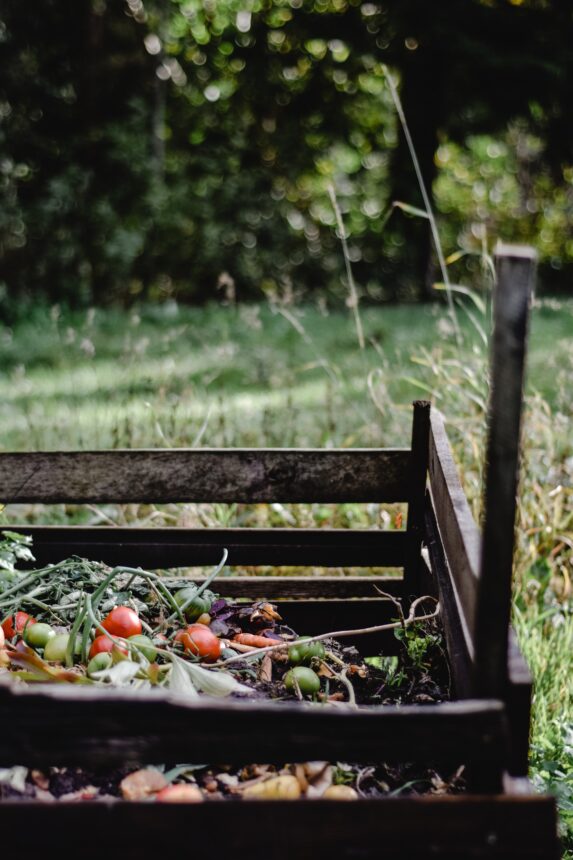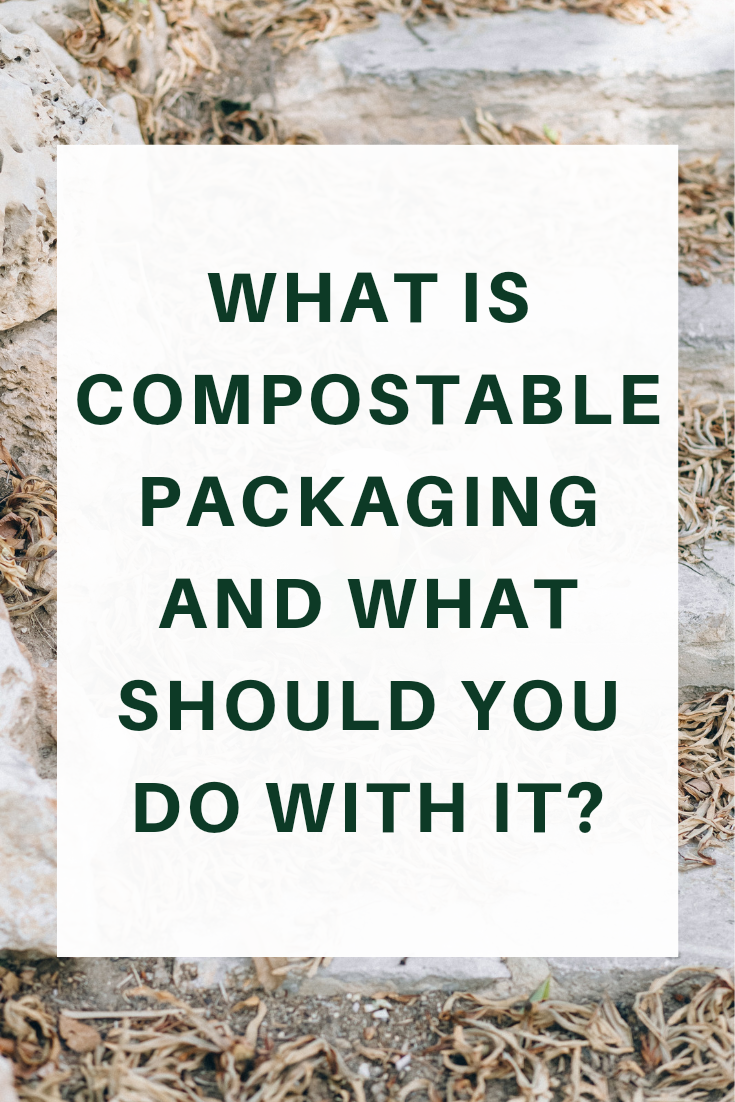As a society, we’ve become very conscious about our plastic usage – which can only be a good thing. As consumers, we want to be able to make the more sustainable purchasing choice when it comes to certain items and the way things are packaged. Whilst it’s still fairly difficult to live a plastic-free life without dedicating a lot of time and effort, we are slowly seeing a shift to a rising availability in compostable packaging. It’s still a fairly young innovation, and can costs brands a pretty penny to enforce – but it’s a step in the right direction when offering a plastic-free packaging solution.
What is compostable packaging?
So, what exactly is it?! As the name suggests, it is packaging that you can use for compost – commonly used for food packaging. It’s similar to biodegradable packaging, however, it’s better for the environment. Whilst biodegradable packaging does naturally break down over time as compostable packaging does, it does still contain some nasties that aren’t great for the environment.
Compostable packaging however is made from a combination of various recycled, plant-based, recyclable materials such as wood, pulp, potato starch, bagasse, cotton, palm leaves and fungi. These ingredients are totally safe and can be used in the soil as a nutrient-rich compost.
How does compostable packaging work?
The science is pretty interesting. For compostable packaging to start breaking down, it needs a certain type of environment. Your general waste bin won’t be quite right. Whilst it will still eventually degrade, it will take a lot longer and the earth won’t reap the benefits.
When in an environment with warm temperatures, moisture, oxygen and nutrients, microorganisms will thrive and begin to consume the materials. A compost bin is the best place for this, and you can also use it for any vegetable scraps, fruit peels, grass cuttings, cardboard, eggshells, ground coffee and more.

With the right conditions, the process takes around 12 weeks. You’ll know that your compost is ready to be used as it will look like dark, crumby topsoil and it will give an earthy odour. If it smells a bit sour, it’s not ready yet! You also shouldn’t be able to see any of the original materials that you added.
If you’re not sure whether your compost is ready, test it by putting a handful in a sealed plastic bag. Leave it in the sealed bag for three days and then check how it smells. When you have that earthy odour, it’s ready to be used on your soil.
What else is good about compostable packaging?
We’ve established that compostable packaging is 100% environmentally friendly. But wait – that’s not all! It also helps to promote biodiversity. It supports an important and prolific ecosystem and it can even capture and destroy 99.9% of chemicals in contaminated air.
By using compostable packaging businesses and the consumers who purchase it will be reducing their carbon footprint. And then once the consumer has either disposed of it via their council or within their own gardens, it acts as a natural fertiliser that gives plants the right nutrients to grow healthy and strong.
What’s not to like?
*This is a collaborative post

